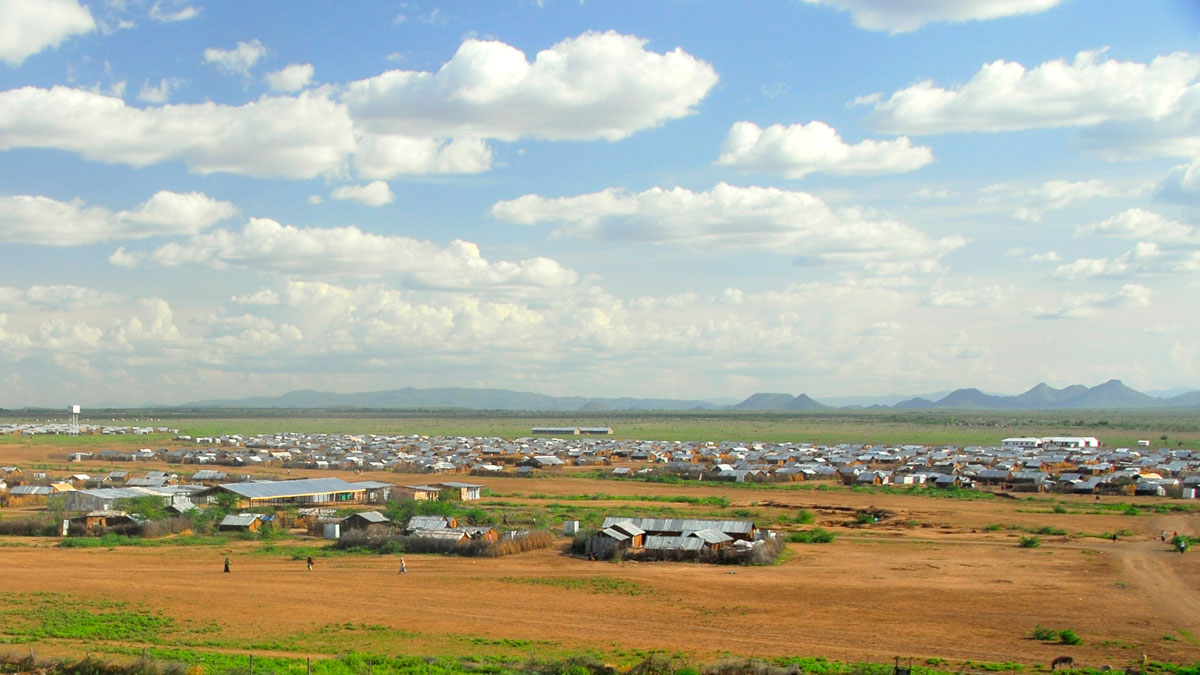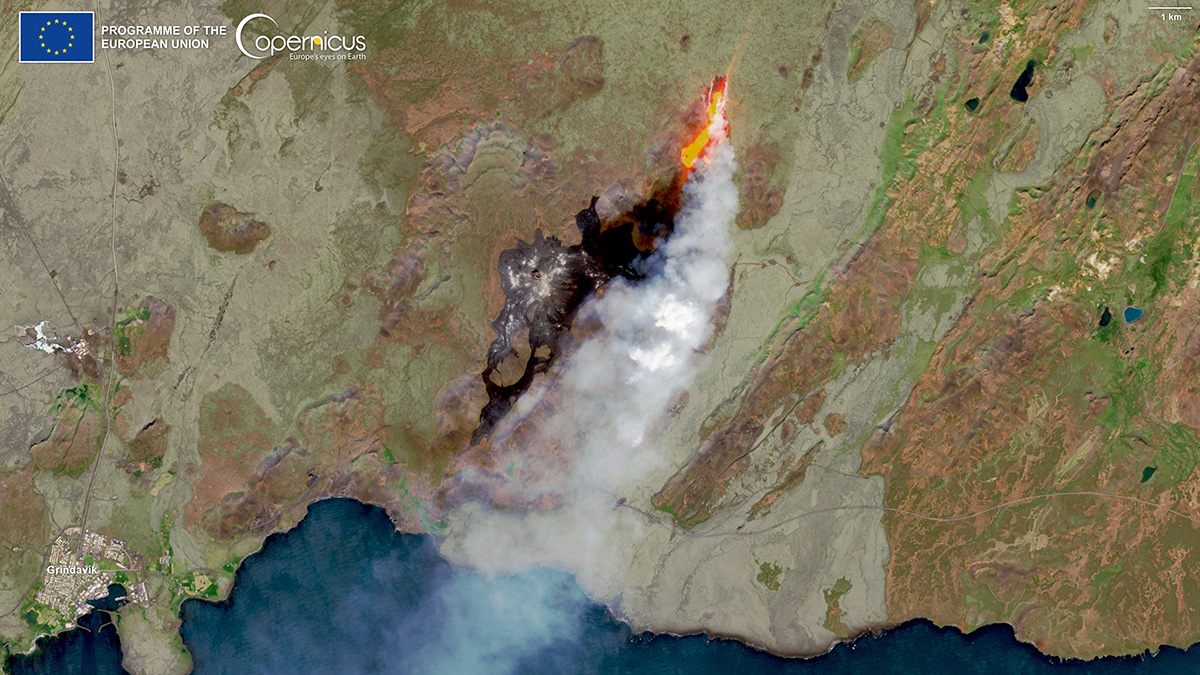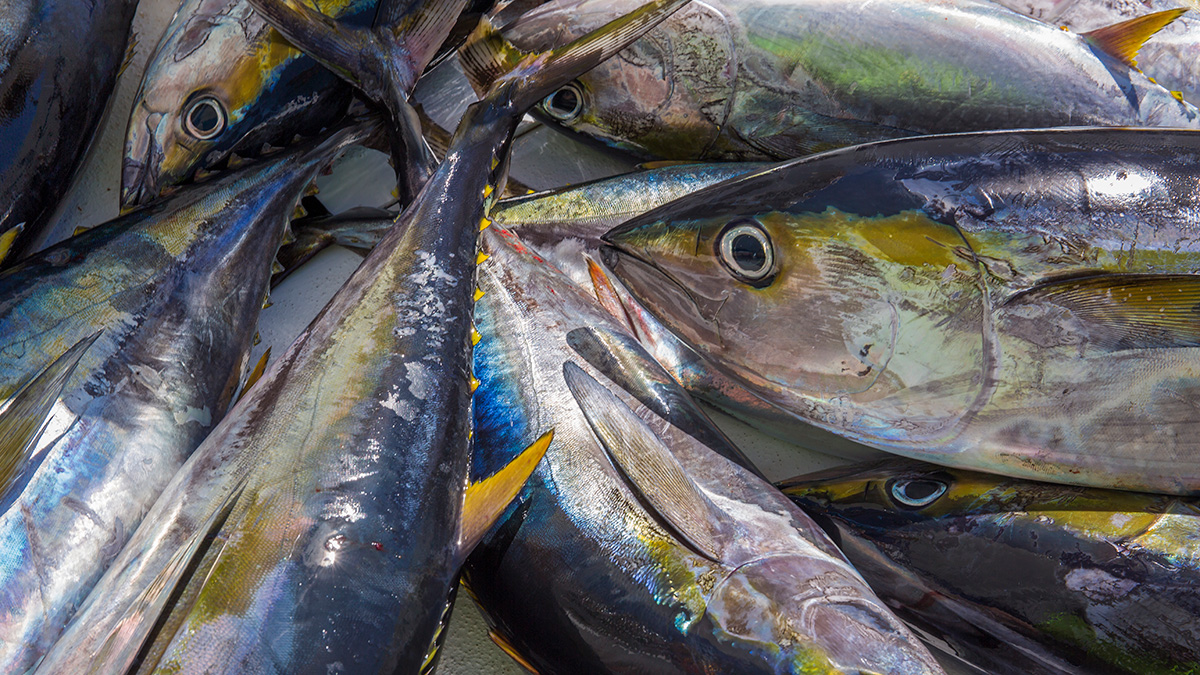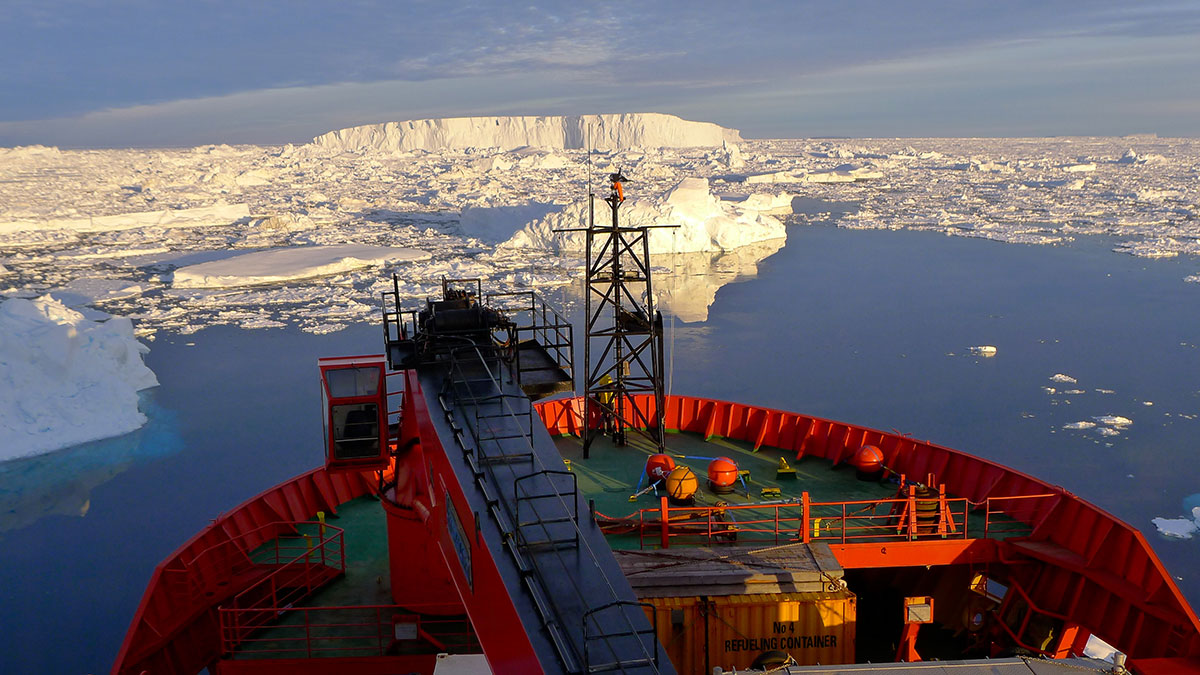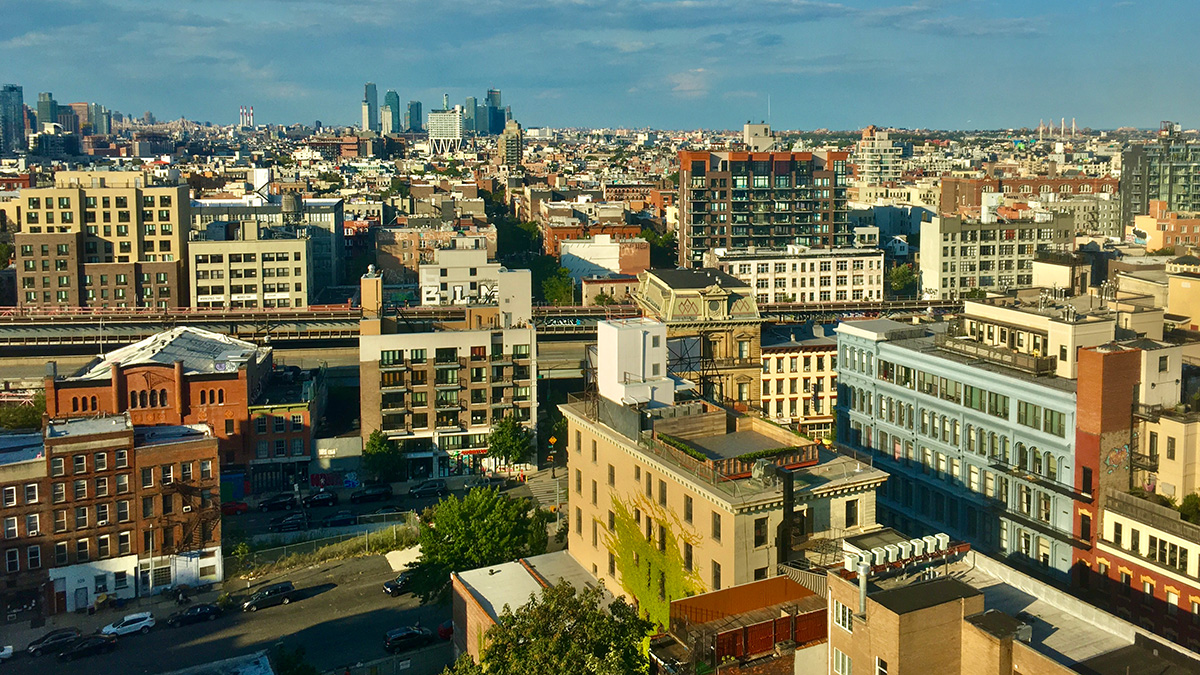Laboratory experiments suggest that underwater gas eruptions—due to the venting of gas hydrates, for example—could trigger the formation of layers of suspended sediment in the ocean.
News
Displaced from Home and Sheltered in an Extreme Environment
Millions of people, displaced from their home countries, take refuge in areas that are highly vulnerable to extreme weather.
Plants Build Dunes but Can Speed Erosion During Severe Storms
When waves hit vegetated dunes, waterlogged areas form in front of plants, making for sand that’s easier to wash away. But you still need plants to form dunes in the first place.
La tercera es la vencida para el Fagradalsfjall de Islandia
La región volcánica que hizo erupción en 2021 y 2022 después de más de 7 siglos de estar dormida, lo está haciendo de nuevo.
Essential Ingredient for Life Found on Enceladus
Icy plumes from Saturn’s moon Enceladus contain phosphorus, part of the biochemistry of life—the first time the element has been found in a liquid environment beyond Earth.
Las protecciones marinas no afectan la captura de peces en México
La captura de especies como el atún y el pez espada no disminuyeron después de que un área marina protegida del tamaño del estado de Nueva York fuera establecida en las costas de México en 2017.
Meltwater from Antarctic Glaciers Is Slowing Deep-Ocean Currents
Antarctic ice drives crucial deep-ocean currents that help regulate Earth’s climate. But the system is slowing down.
A Planet Is Dramatically Losing Its Atmosphere
Helium that was once part of the atmosphere of the extrasolar planet HAT-P-32b is being ripped away and forming two giant streamers of gas several million kilometers long.
The Inequality of Heat Stress
Residents in historically redlined neighborhoods deal with greater heat stress than other areas.
Magnetic Tangles Drive Solar Wind
Energetic collisions between magnetic fields produce gusty solar wind.


